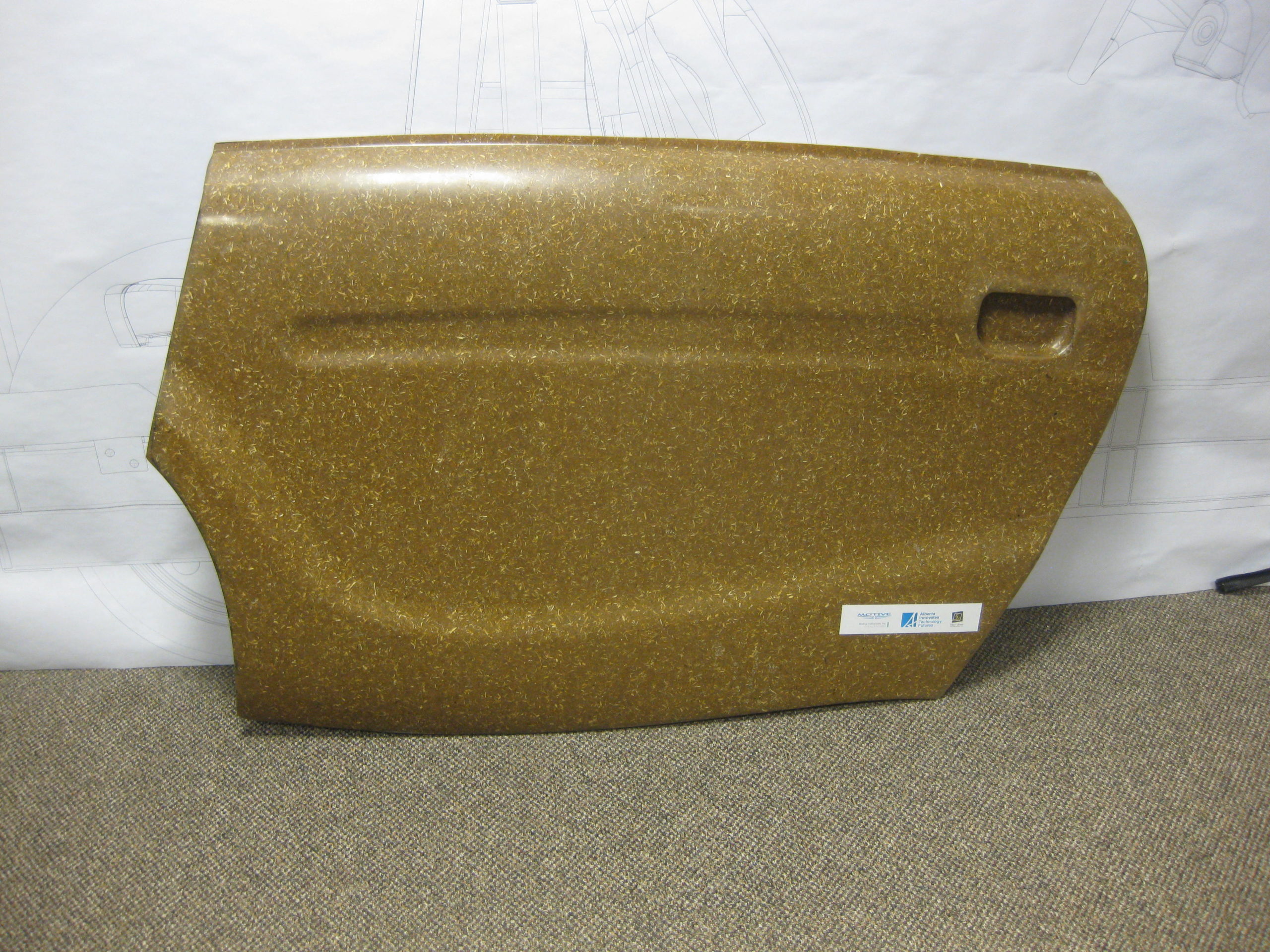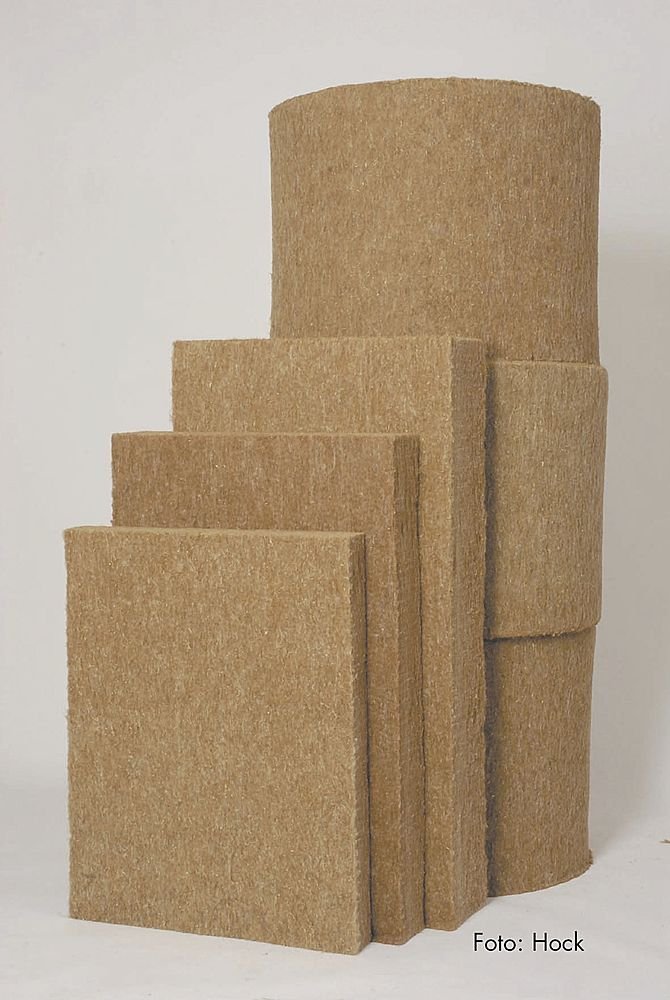Composite Building Material

Hemp Composites and a Sustainable Future
A composite material (also called a composition material or shortened to composite, which is the common name) is a material made from two or more constituent materials with significantly different physical or chemical properties that, when combined, produce a material with characteristics different from the individual components. The individual components remain separate and distinct within the finished structure, differentiating composites from mixtures and solid solutions.
Hemp Composites
The use of hemp fibers as reinforcement in composite materials has increased in recent years as a response to the increasing demand for developing biodegradable, sustainable, and recyclable materials. Hemp fibers are found in the stem of the plant which makes them strong and stiff, a primary requirement for the reinforcement of composite materials. The mechanical properties of hemp fibers are comparable to those of glass fibers. However their biggest disadvantage is the variability in their properties. Composites made of hemp fibers with thermoplastic, thermoset, and biodegradable matrices have exhibited good mechanical properties. A number of hemp fiber surface treatments, used to improve the fiber/matrix interfacial bonding, have resulted in considerable improvements in the composites’ mechanical properties.








